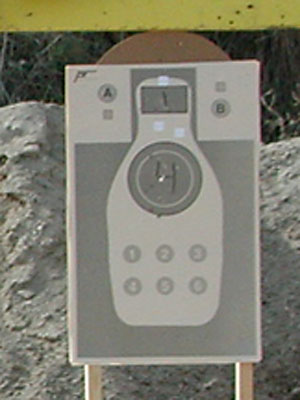I admit I reacted a bit harshly to Sean's post, and i've talked to him privately about that.
That being said, my intention with the post was not to start a "use this bullet" or "use that caliber" in any way. My intention was to point out through anatomical diagrams and discussion, areas that contain more vital structures and thus present better chances of fast incapacitation.
I personally have no horse in the race of what ammunition you choose, and mentioned ammunition and testing merely as a preface to suggest that bullets that deal well with hard barriers stand a better chance of addressing and penetrating bone, thus reaching these vital structures that present more damaging opportunities than standard "center of mass".
What I propose, and was trying to get across, is that when shooting for training purposes, practicing to shoot for areas that are far more vital and present this greater chance of fast incapacitation is greatly beneficial to the shooter because with a combination of practice and having an informed idea of what does the most damage and where, we can develop the skills and muscle memory to A) Make more accurate shots, and B) place those shots in areas that contain vital structures which will actually effectively end the fight quickly.
I agree entirely with Sean, though it may not appear such in my initial knee-jerk "who the hell is that guy/I don't care who he thinks he is" reaction, that far too much concern is placed on WHAT ammunition, Far too little on HOW MUCH Ammunition and WHERE I shoot, and testing can only give us a very gross idea of ammunition's behavior under ideal circumstances and are not generally realistic as far as being an accurate indicator of what happens in the real world.
So, go out, shoot, shoot a lot, and I hope if you guys take anything away from this thread, I hope you take away a better understanding of Human Anatomy and where vital organs are placed in the body, and thus armed, can adjust your training to address those areas with prejudice and it translates into faster pacification of threats.



 Reply With Quote
Reply With Quote





